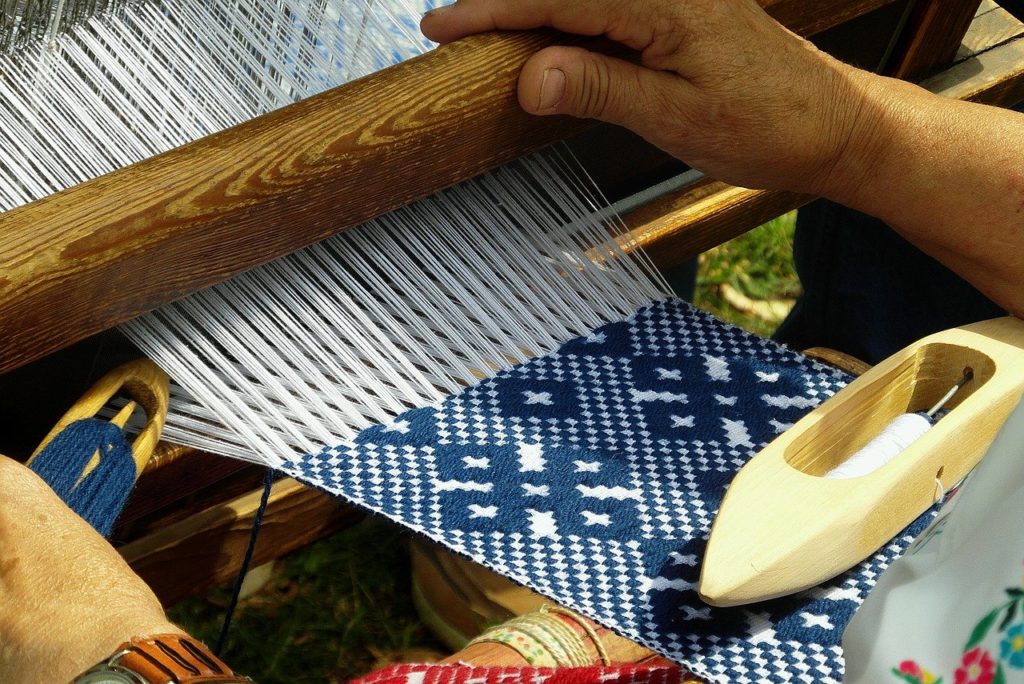Weaving a knowledge tapestry
25 May, 2021, Dr Kathryn Wright
The recent Ofsted Research Review has sparked much debate and discussion particularly on social media. The review sets out what it understands by a quality education in RE. In terms of the curriculum this is defined in terms of three types of knowledge:
- Substantive
- Ways of knowing
- Personal
One of the questions which struck me as I read the review, was how we theorise the relationship between these three types of knowledge. This is illuded to in the report (see Interplay of knowledge in the RE curriculum), but I felt I needed to think about it creatively. I like to think in pictures. So, what I offer here is an analogy. It is not perfect, but I hope it will help us to understand a little more about the interdependence of different types of knowledge.
Let us weave a knowledge tapestry….

The curriculum– this is like a developing tapestry. In theory it may have an ‘end point’ (i.e., end of formal education) but in my opinion it continues through our lifetime as we develop the three different types of knowledge. Therefore, it might be described as an unfinished tapestry. This emphasises the flexible nature of curricula. Yet this fluidity still enables the tapestry or knowledge to build over time into a beautiful masterpiece….
Substantive Knowledge – this is the warp. These are the threads on the loom over and under which other threads are passed to make the tapestry. Without this there would be no tapestry! The warp is laid out at the beginning with a clear sense of what you are going to produce. There is some intent here. Choices must be made about how many threads, how wide the tapestry will be and so on. This is like the choices that must be made in relation to the substantive content. Ofsted talks about illustrative content that leads to an end goal.
Ways of Knowing or Disciplinary Knowledge – these are threads of the weft. They are woven in and out of the substantive content. This is important. Unless they are woven into the content, they will not contribute to the overall tapestry. This means that as pupils’ journey through the substantive content they learn about and use a range of tools and methods such as interpretation, observation, analysing data and so on.
Personal Knowledge– these are also threads of the weft. They are also woven in and out of the substantive content. Our own positionality, our own worldview is woven into what it is we learn about. This means being self-aware, recognising and reflecting on how we relate to the ‘warp’ or content. This is a process of reflexivity.
So, now is the time to think about the tapestry you are creating, what choices will you make to build towards and create a masterpiece….
References:
https://www.gov.uk/government/publications/research-review-series-religious-education